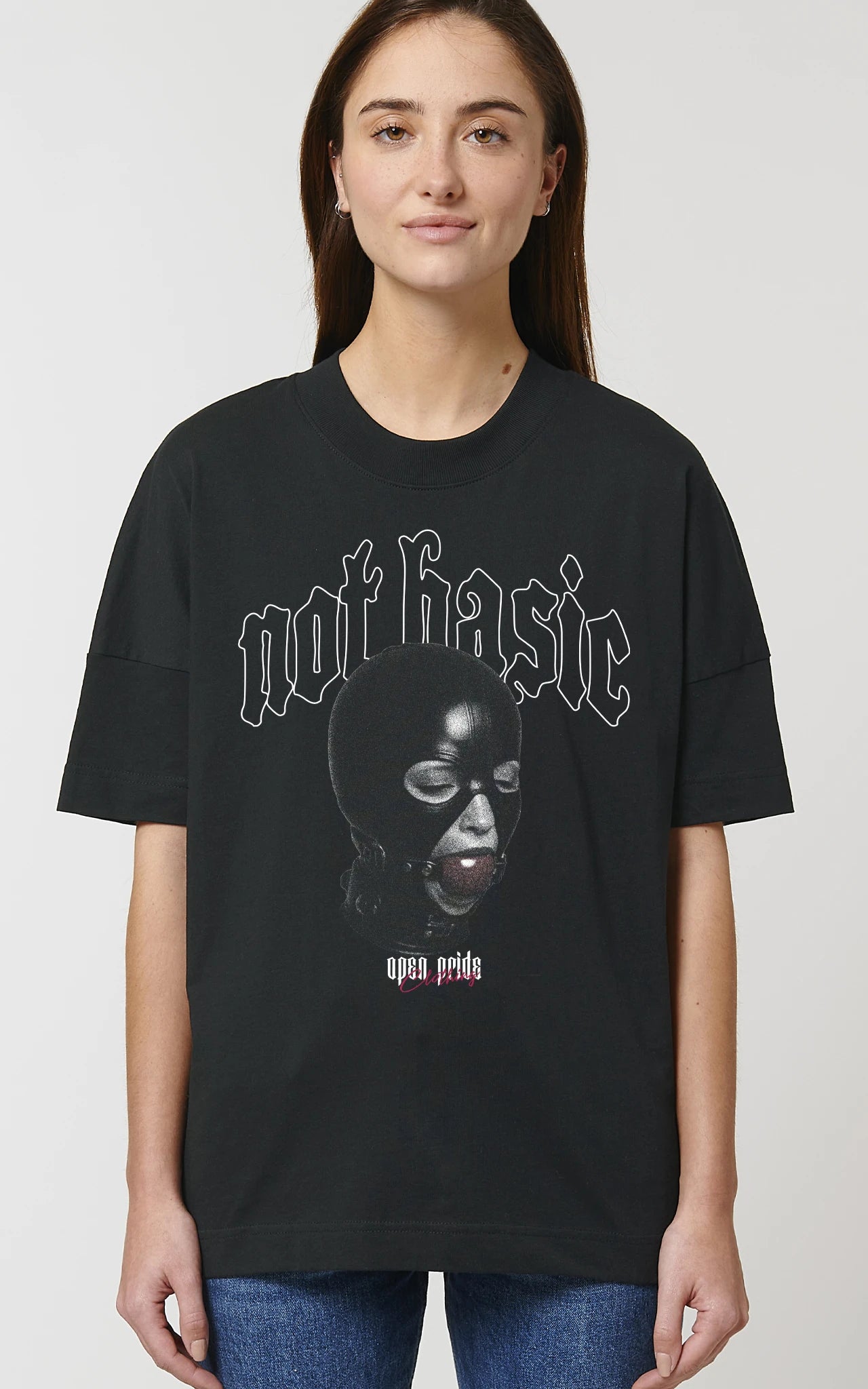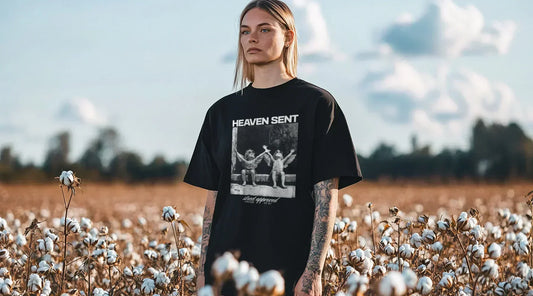
Nachhaltiger Style: Hochwertige Unisex T-Shirts...
Du stehst an der Schwelle zu einem bewussteren Kleiderschrank. Vielleicht hast Du schon oft darüber nachgedacht, wie es sich anfühlt, ein hochwertiges Unisex T-Shirt aus Bio-Baumwolle zu tragen – ein...
Nachhaltiger Style: Hochwertige Unisex T-Shirts...
Du stehst an der Schwelle zu einem bewussteren Kleiderschrank. Vielleicht hast Du schon oft darüber nachgedacht, wie es sich anfühlt, ein hochwertiges Unisex T-Shirt aus Bio-Baumwolle zu tragen – ein...

T-Shirt Falten leicht gemacht – Die besten Meth...
T-Shirt Falten: Die besten Methoden für mehr Ordnung im Kleiderschrank Kennst du das auch? Dein Kleiderschrank quillt über, T-Shirts stapeln sich chaotisch, und die Suche nach deinem Lieblingsshirt kostet unnötig...
T-Shirt Falten leicht gemacht – Die besten Meth...
T-Shirt Falten: Die besten Methoden für mehr Ordnung im Kleiderschrank Kennst du das auch? Dein Kleiderschrank quillt über, T-Shirts stapeln sich chaotisch, und die Suche nach deinem Lieblingsshirt kostet unnötig...
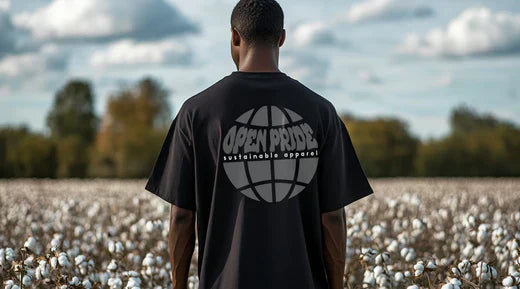
Nachhaltige Unisex Mode: Stilvoll, fair & umwel...
Nachhaltige Unisex Mode: Stilvoll, Umweltbewusst und Geschlechterneutral Nachhaltige Mode ist längst kein Nischenthema mehr, sondern eine Bewegung, die Stil, Umweltbewusstsein und soziale Verantwortung vereint. Unisex Mode geht noch einen Schritt...
Nachhaltige Unisex Mode: Stilvoll, fair & umwel...
Nachhaltige Unisex Mode: Stilvoll, Umweltbewusst und Geschlechterneutral Nachhaltige Mode ist längst kein Nischenthema mehr, sondern eine Bewegung, die Stil, Umweltbewusstsein und soziale Verantwortung vereint. Unisex Mode geht noch einen Schritt...
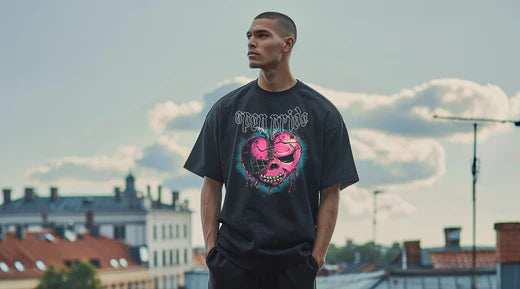
Unisex Streetwear: Dein Style, Deine Regeln – D...
Dein Style, Deine Regeln: Der ultimative Guide für den Kauf von Unisex Streetwear Hallo zusammen! Ich bin super aufgeregt, euch heute in die coole Welt der Unisex Streetwear mitzunehmen! Habt...
Unisex Streetwear: Dein Style, Deine Regeln – D...
Dein Style, Deine Regeln: Der ultimative Guide für den Kauf von Unisex Streetwear Hallo zusammen! Ich bin super aufgeregt, euch heute in die coole Welt der Unisex Streetwear mitzunehmen! Habt...
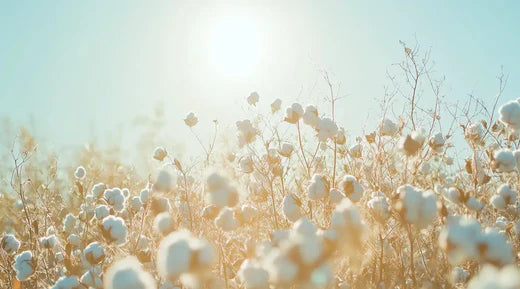
Bio-Baumwolle: Nachhaltig, Hautfreundlich & Umw...
Hallo zusammen! Ich freue mich, euch zu erklären, warum Bio-Baumwolle eine fantastische Wahl ist. Wenn ihr wissen wollt, warum es so wichtig ist, auf Bio-Baumwolle zu achten und welche Vorteile...
Bio-Baumwolle: Nachhaltig, Hautfreundlich & Umw...
Hallo zusammen! Ich freue mich, euch zu erklären, warum Bio-Baumwolle eine fantastische Wahl ist. Wenn ihr wissen wollt, warum es so wichtig ist, auf Bio-Baumwolle zu achten und welche Vorteile...

Geschlechtsneutrale Mode kaufen
Geschlechtsneutrale Mode kaufen: Dein Guide für eine inklusive Garderobe In einer Welt, die sich ständig verändert, gewinnt geschlechtsneutrale Mode immer mehr an Bedeutung. Sie ist mehr als nur ein Trend;...
Geschlechtsneutrale Mode kaufen
Geschlechtsneutrale Mode kaufen: Dein Guide für eine inklusive Garderobe In einer Welt, die sich ständig verändert, gewinnt geschlechtsneutrale Mode immer mehr an Bedeutung. Sie ist mehr als nur ein Trend;...
